Cycplus Tiny E-Pump AS2 Review - an electric alternative to CO2
Small enough to fit in your pockets, it inflates to 100psi with a 200-second usage per charge
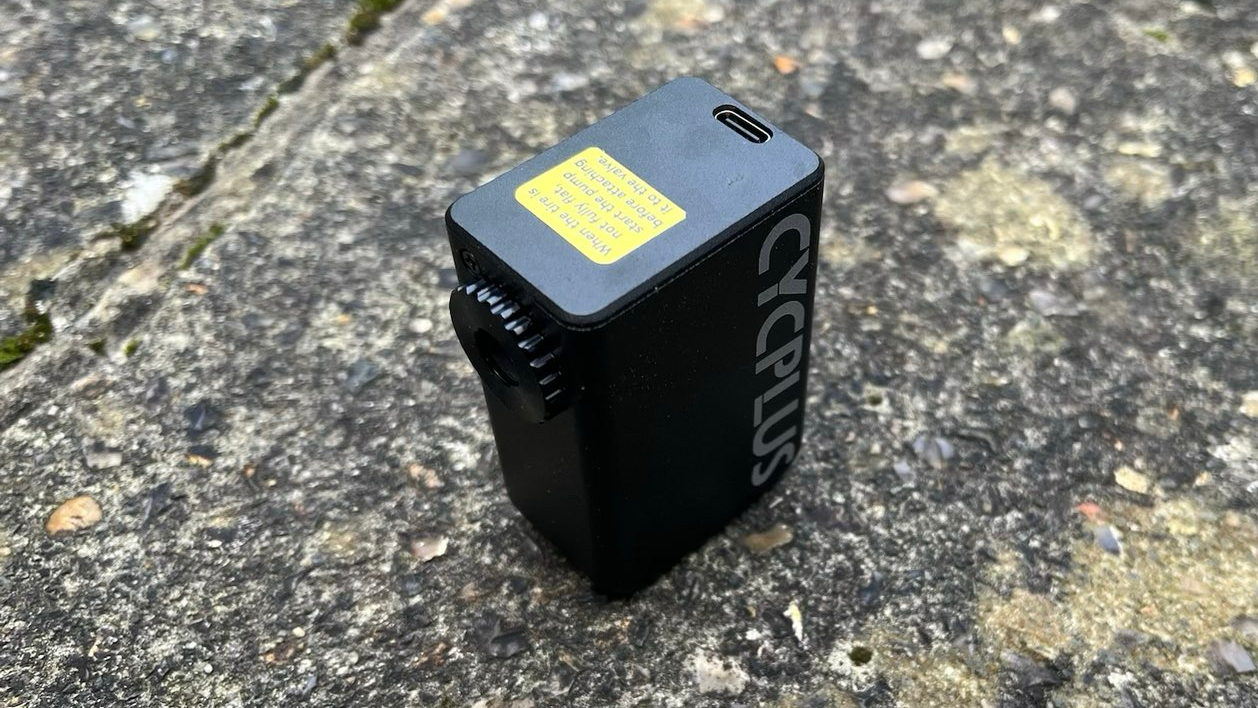
A good alternative to CO2 pumps, combining their speed but with greater control. A well-made and sturdy product encased in an aluminum shell, with an optional silicone case that adds further durability. A 200-second usage per charge will allow between one and four tire inflations depending on size/volume and pressure. Twenty minutes recharging time, using a USB-C cable, is impressive.
-
+
Uses USB-C cable
-
+
Simple, fast and controllable function
-
+
100psi max pressure
-
+
Presta or Schrader valve compatibility
-
-
Not having a fully reversible and contained Presta/Schrader conversion risks losing a crucial part (Schrader pin)
-
-
Limited number of inflations per charge
You can trust Cycling Weekly.
Coming in a little smaller than two CO2 refill bottles, the diminutive Cycplus Tiny E-Pump AS2 inflator packs a lot of functionality into its 65x46.5x28mm shell and is now one of our best electric bike pumps. It can accommodate either Presta or Schrader valves with a reversible chuck and inflate for around 200 seconds, to a maximum of 100psi.
It costs $89.00, £70.20 or €82.38 with free shipping, and is available in either a black or silver finish. Included with the pump was the silicone case, USB-C charging cable, Schrader pin or 'pillar' and a spare seal (used on its own for Presta or in conjunction with the pin for Schrader).
Construction
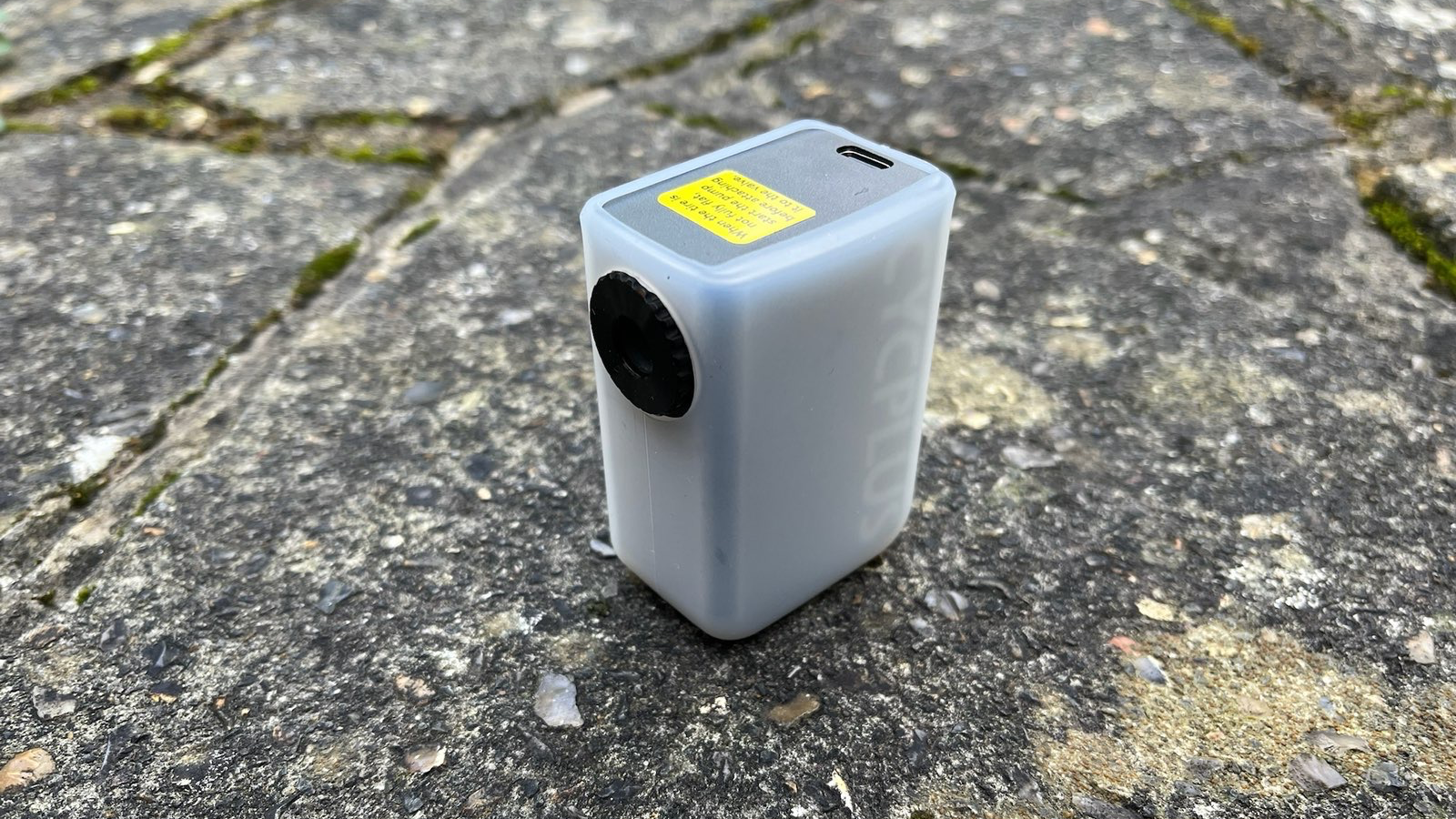
With the silicone case fitted
The Cycplus has an aluminium case and is provided with a removable silicone sleeve that covers five of its six surfaces. The USB-C side is left uncovered to provide access to the charging port and air intake. It feels solidly made in the hand and weighs 97g, or 115g with the case.
In use
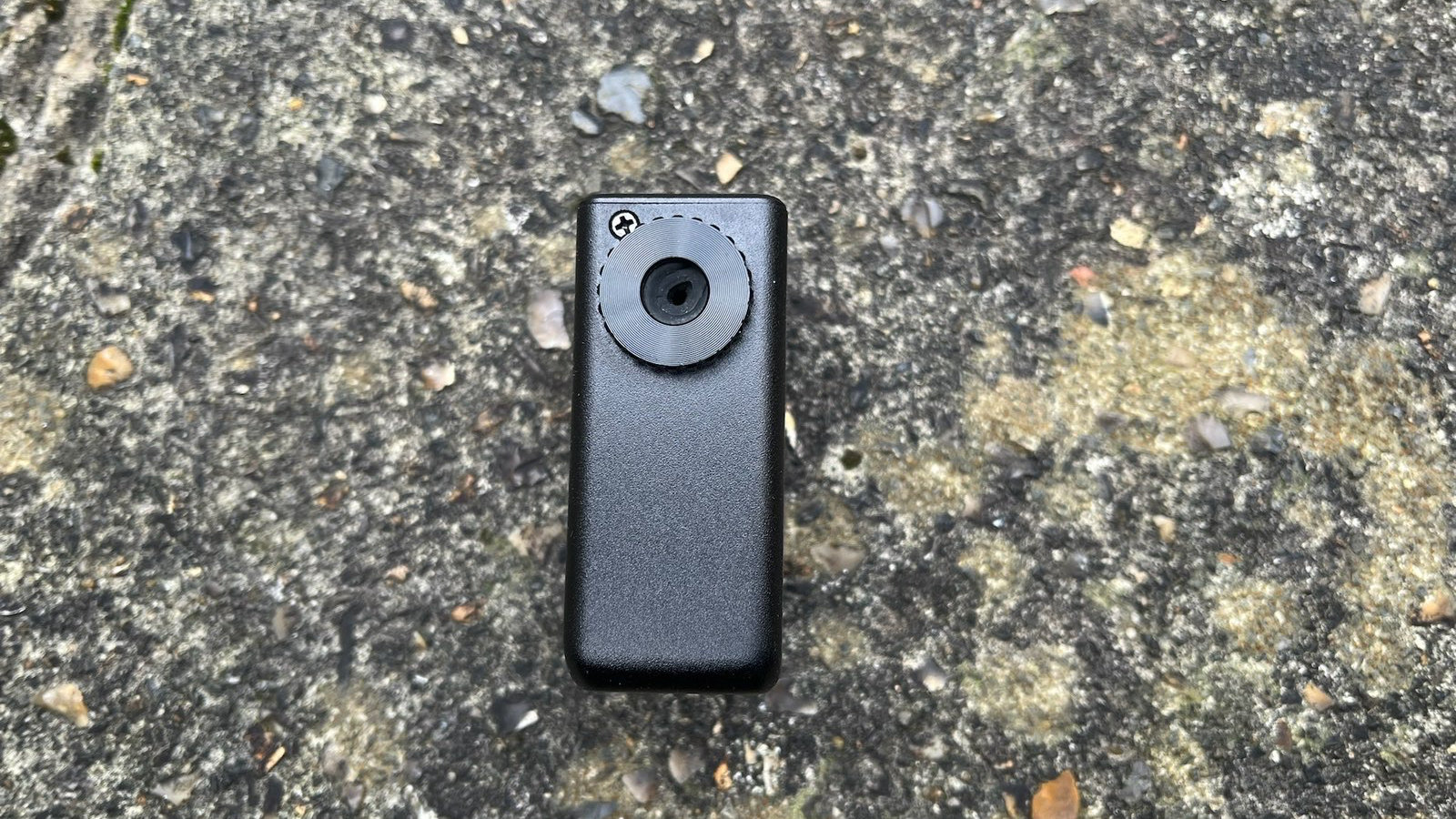
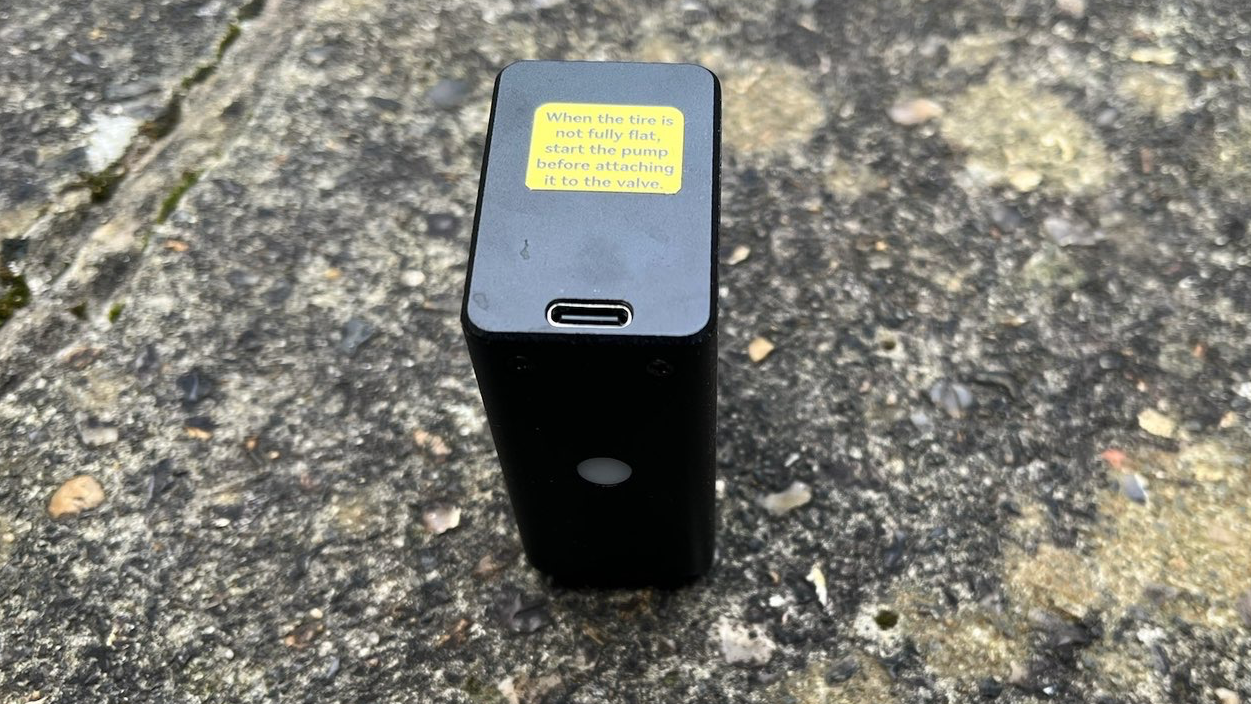
I tried a wide variety of tire and inner tube setups to see how well the pump operated and whether the claims made by Cycplus stack up. I started off pumping up a flat tire until it felt reasonable to ride on using the thumb push technique (pressing down on the tire). Then I used the recommended timings to get to the target pressure required. For each test I confirmed the pressure using a Topeak AceDX track pump which I have found to have an accurate gauge.
What I discovered was, that by pumping to a rideable and 'get you home' pressure, it was often a bit lower than normally used. For example, on a 700x28c tire I'd use a track pump to go to 80psi, yet using the Cycplus and a thumb I'd get to 60psi. However, as I became used to the pump, I started to time the operation using the stopwatch on my phone. If I left the pump on and running for the recommended 150 seconds then it'd get to 80psi. So there is a difference in perception between the pressing down on a tire to see whether it's inflated enough and using a gauge. This is certainly not a criticism of the Tiny E-Pump AS2, as it can happen using CO2 or a mini pump too.
I found that the recommendations from Cycplus to be accurate. Using a 700x25c tire it would take 60 seconds to get to 60psi and 90 seconds to get to 80psi. Naturally as you have 200-ish seconds pumping time available it will allow you a certain number of inflations per full charge. For example you can expect to get four inflations of a 700x25c tire to 60psi but only two when using the same tire but need 80psi.
In common with many hand pumps the Presta and Schrader valve capability is created by unscrewing the chuck head from the pump body, reversing the rubber seal, and in the case of setting up for Schrader, fitting the 'pillar' which is the brass pin that pushes the Schrader valve open. Either setting works well, however normally in hand pumps both the seal and pillar are reversed and kept in the chuck until such time that the other valve type is required. With the Cycplus the pillar is removed for the Presta mode. This left me feeling that it was a part that could be very easily lost. You could either leave it in Schrader mode and swap when Presta was needed, and return it back after the pump had been used or you could leave it permanently in Presta mode and leave the pillar safely at home. Although I only use Presta valves, I still felt that this was an opportunity lost though, as sometimes you may need the other setting to help a fellow cyclist out.
The latest race content, interviews, features, reviews and expert buying guides, direct to your inbox!
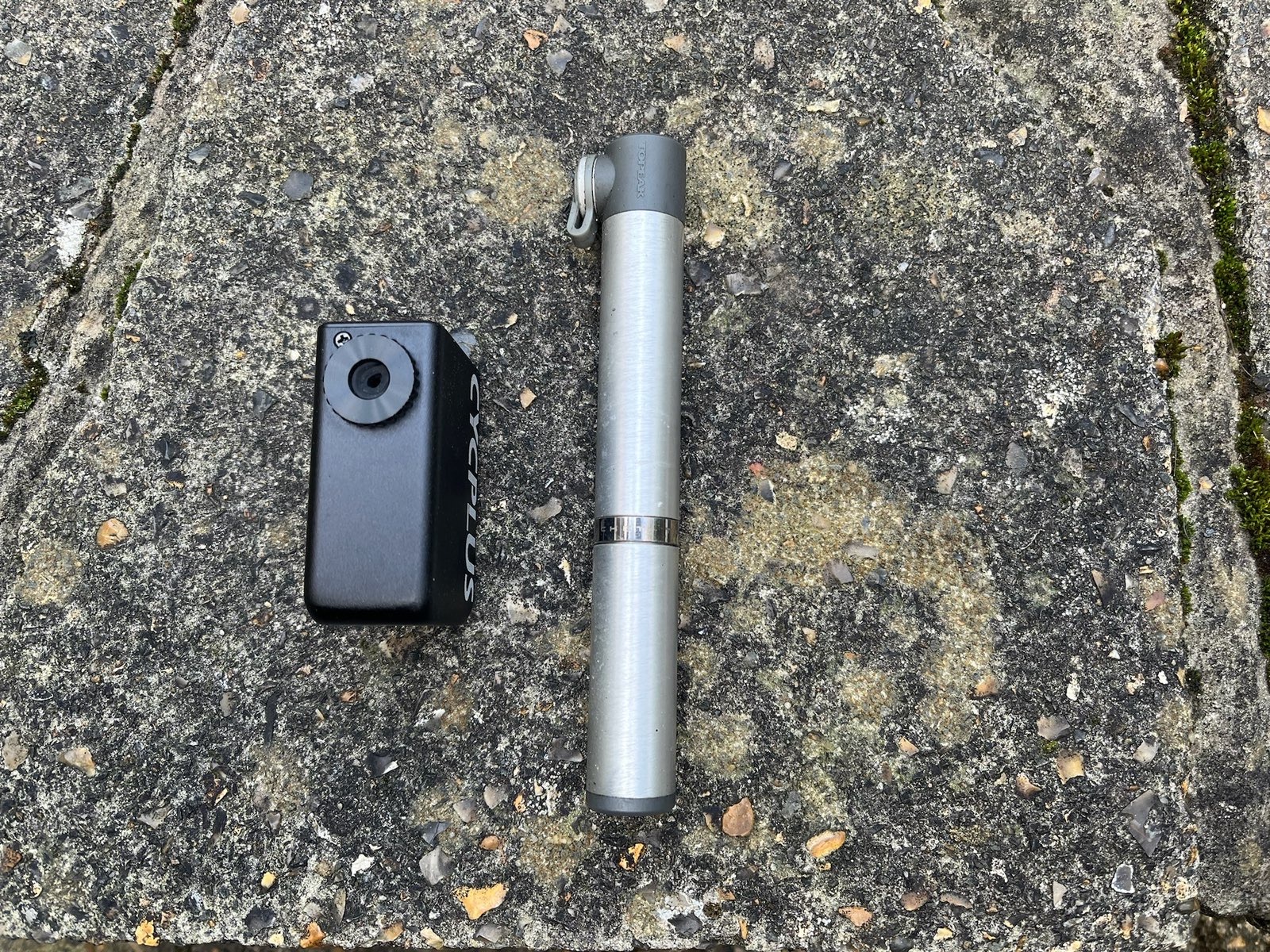
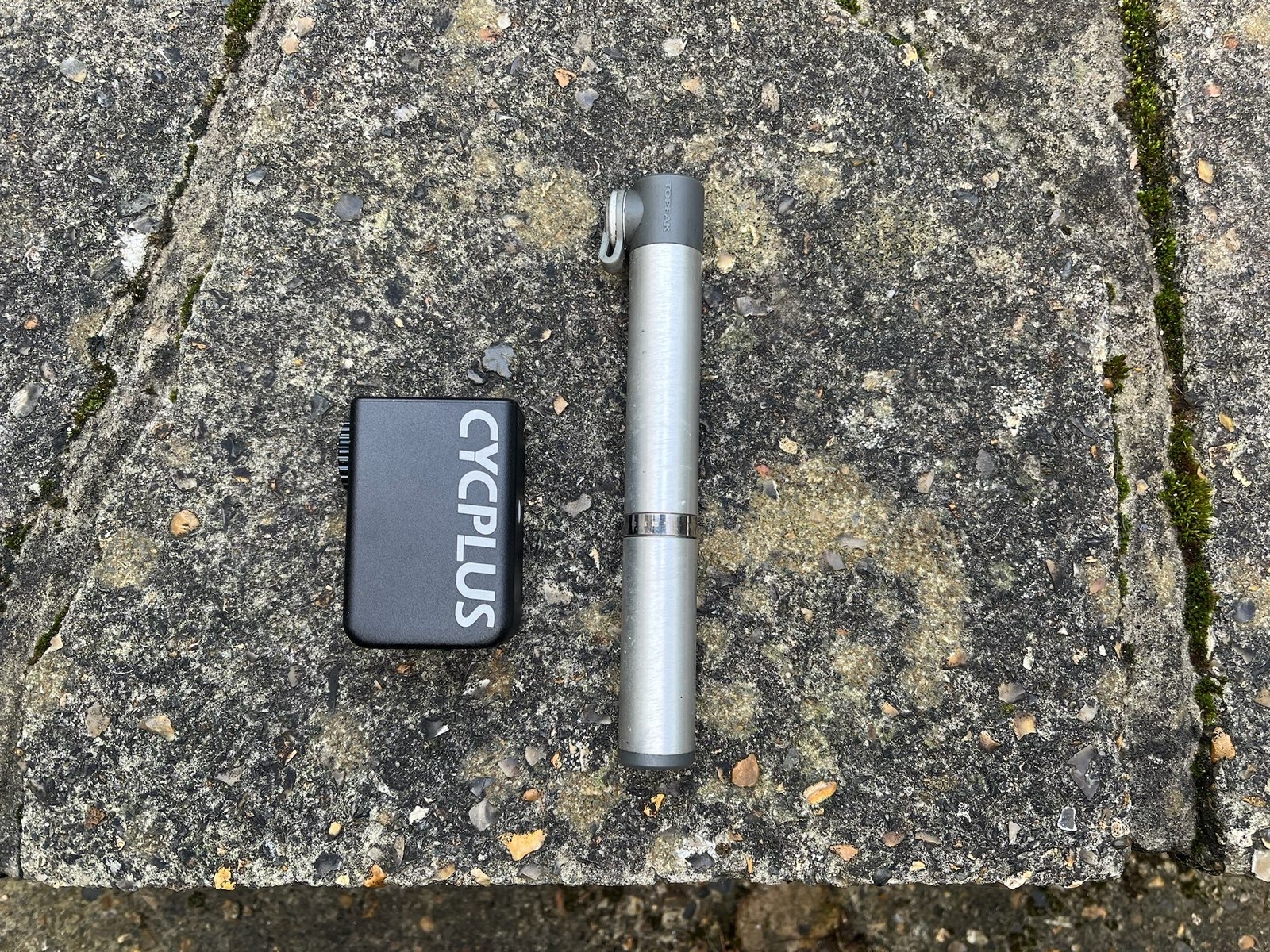
Using a mini pump such as the Topeak Micro Rocket AL would take a lot longer to inflate to the ideal pressure and involves a lot more effort. However should you have an issue whereby the puncture isn't fixed first time, or a fresh tube is damaged because grit or a thorn haven't been fully removed from the tire, then at least you can have another go.
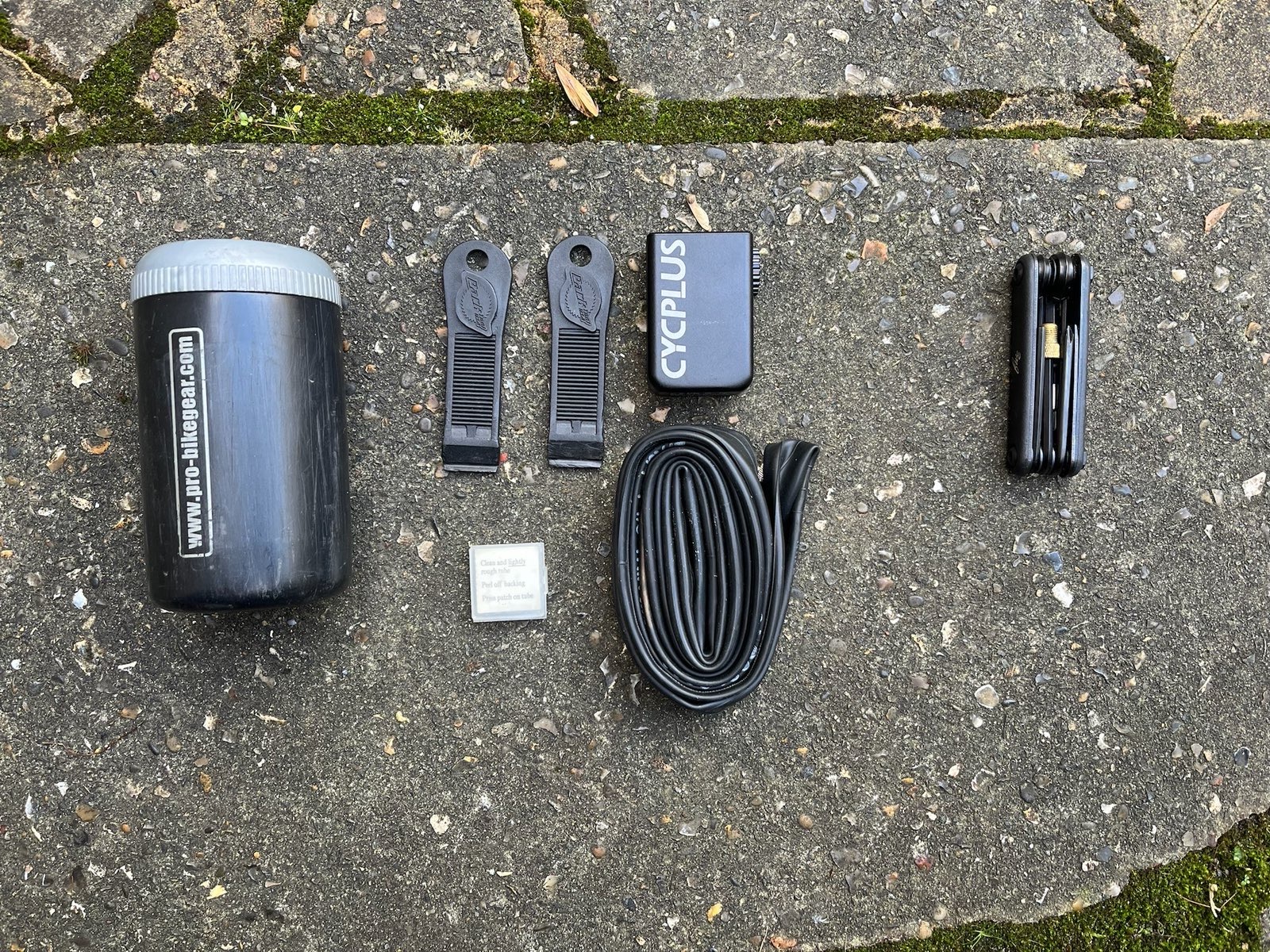
Pump, tube, levers, patches and multitool fit into my regular bottle cage spares pot with careful packing.
Conclusion
My main takeaway is around risk and one's appetite for it. If you're the sort of rider who gets nervous about only having one or two chances to inflate a tire, so avoids CO2 canisters as a result, then this pump may not be for you. Also, if you're going to cycle in a remote area, then the reliability of a conventional pump may be appealing. However, if you don't mind the limitations of the battery pump or CO2-type systems, and a speedy inflation is appealing, then this is a good proposition. Its advantages over CO2 are pumping control and possible environmental benefits. This pump could save the use of many CO2 canisters, however I appreciate that there is the manufacture and eventual disposal of a battery and case to account for.
I liked its small size and that it would fit in my spares pot. Equally, it fitted into a rear pocket easily. Although I don't generally use a seat pack for spares there is no reason why it wouldn't fit in one, especially if replacing CO2 refills and a chuck.
Overall it's a well-made pump with speed of inflation at its heart. The ability to recharge in 20 minutes is great too. I'd just like the chuck operation to keep all the parts safely inside, regardless of whether Presta or Schrader was chosen.
Over 40 years cycling in a variety of disciplines including road riding, commuting, a self-supported Land's End to John o' Groats trip, XC mountain biking and several Polaris Challenge two-day events. Adventure, escape and fun are the motivations for my riding. I also love bike and kit design and have fillet brazed a couple of framesets using Reynolds 853 steel tubing for myself. A very satisfying experience to ride your own bespoke bike!
Height: 180cm
Weight: 66kg